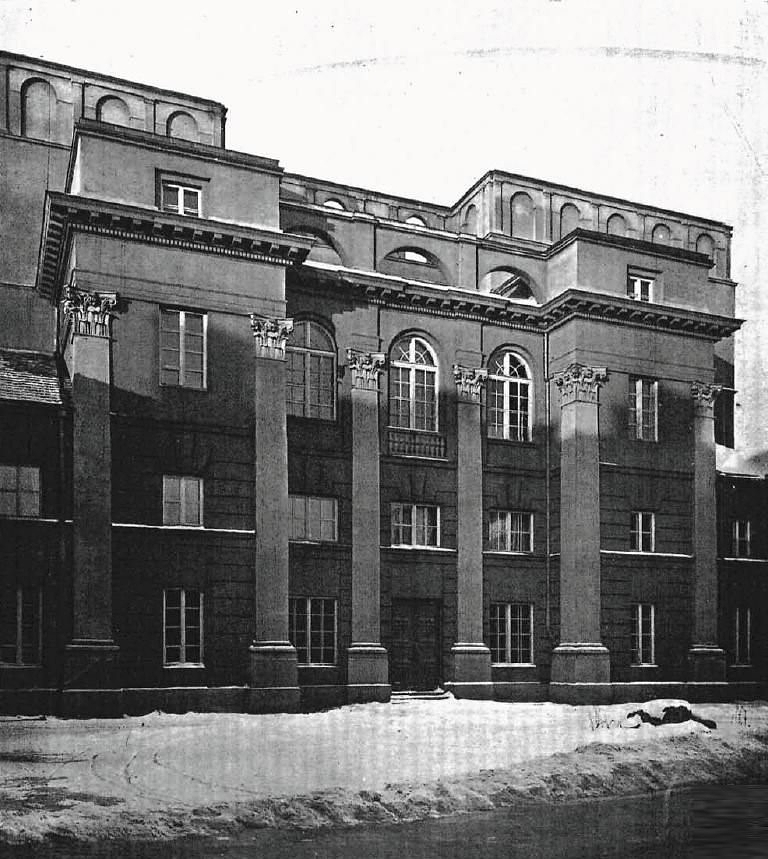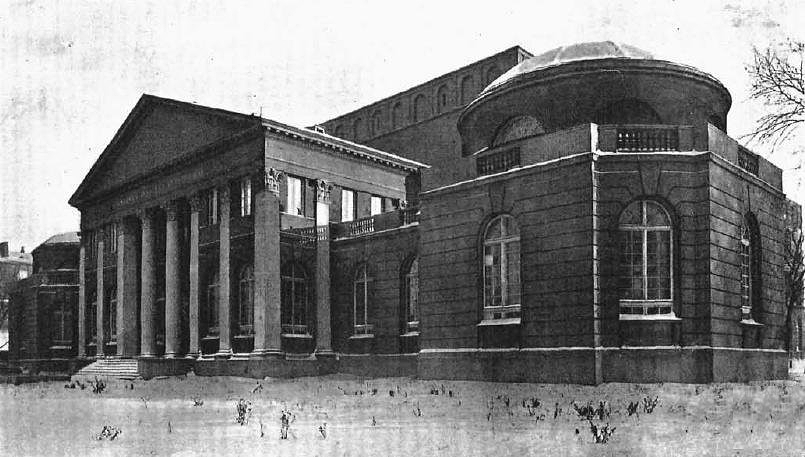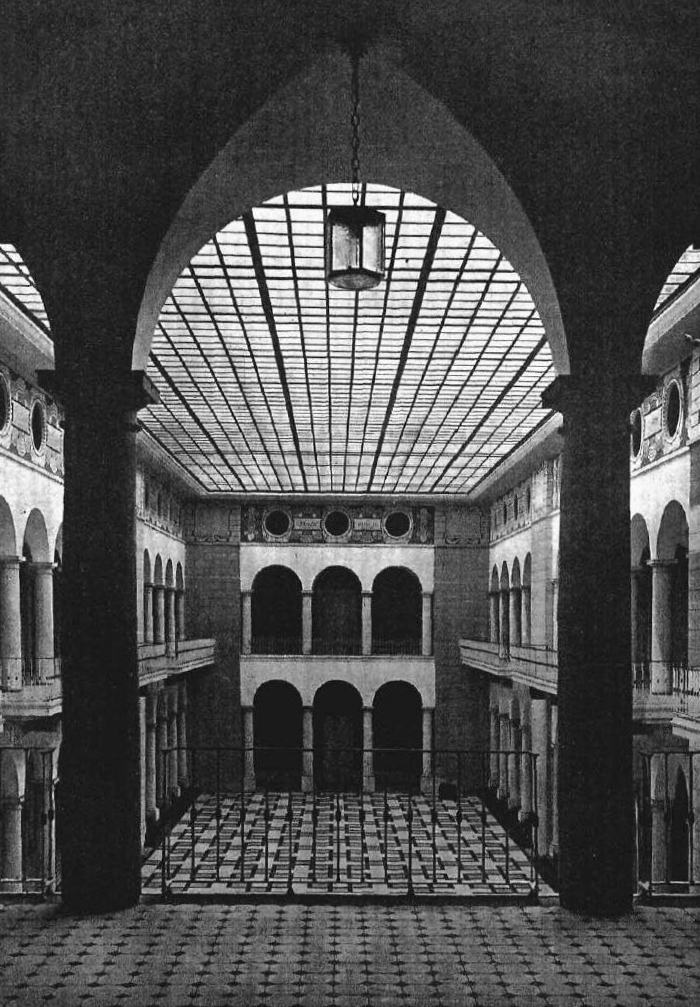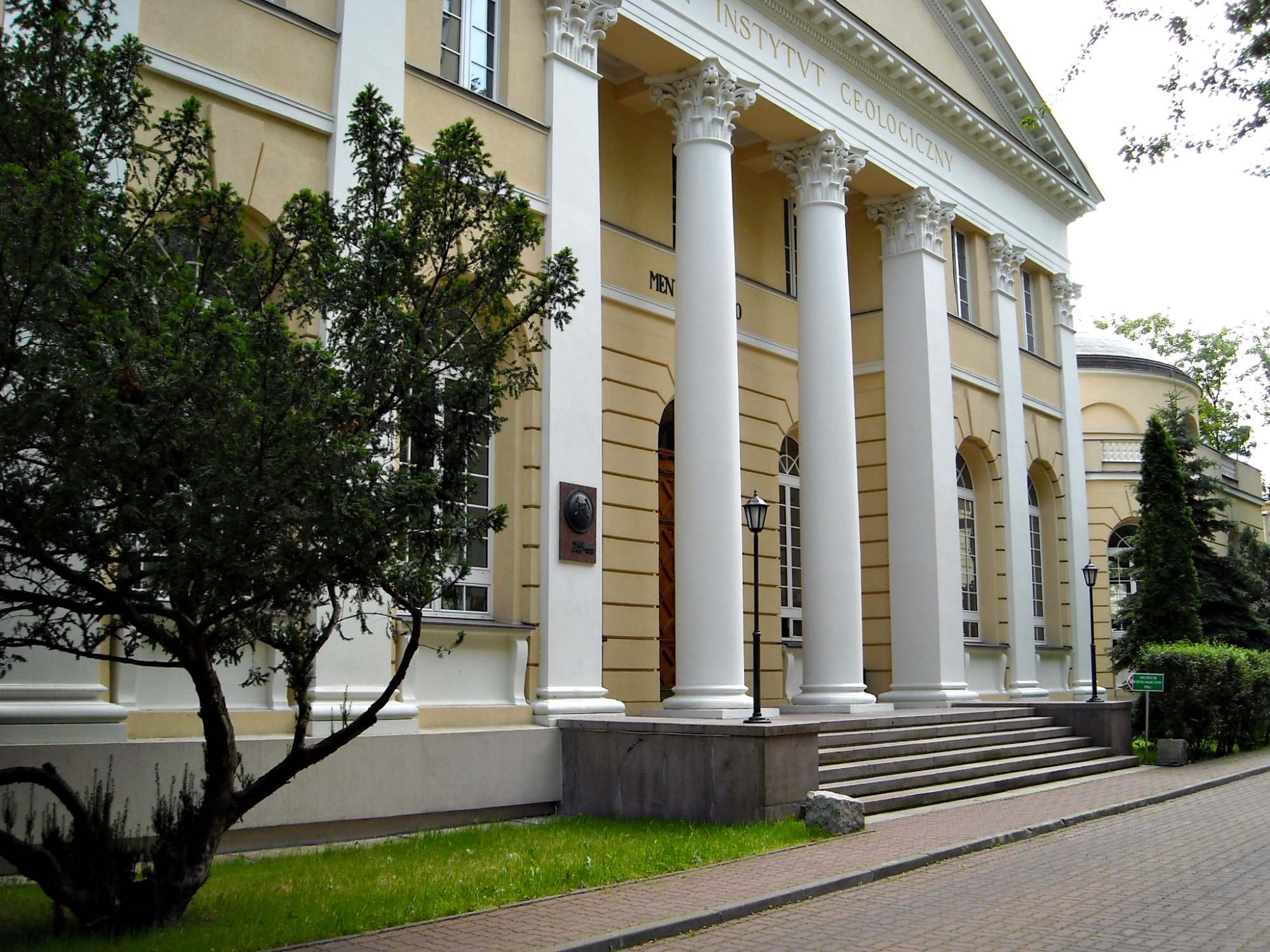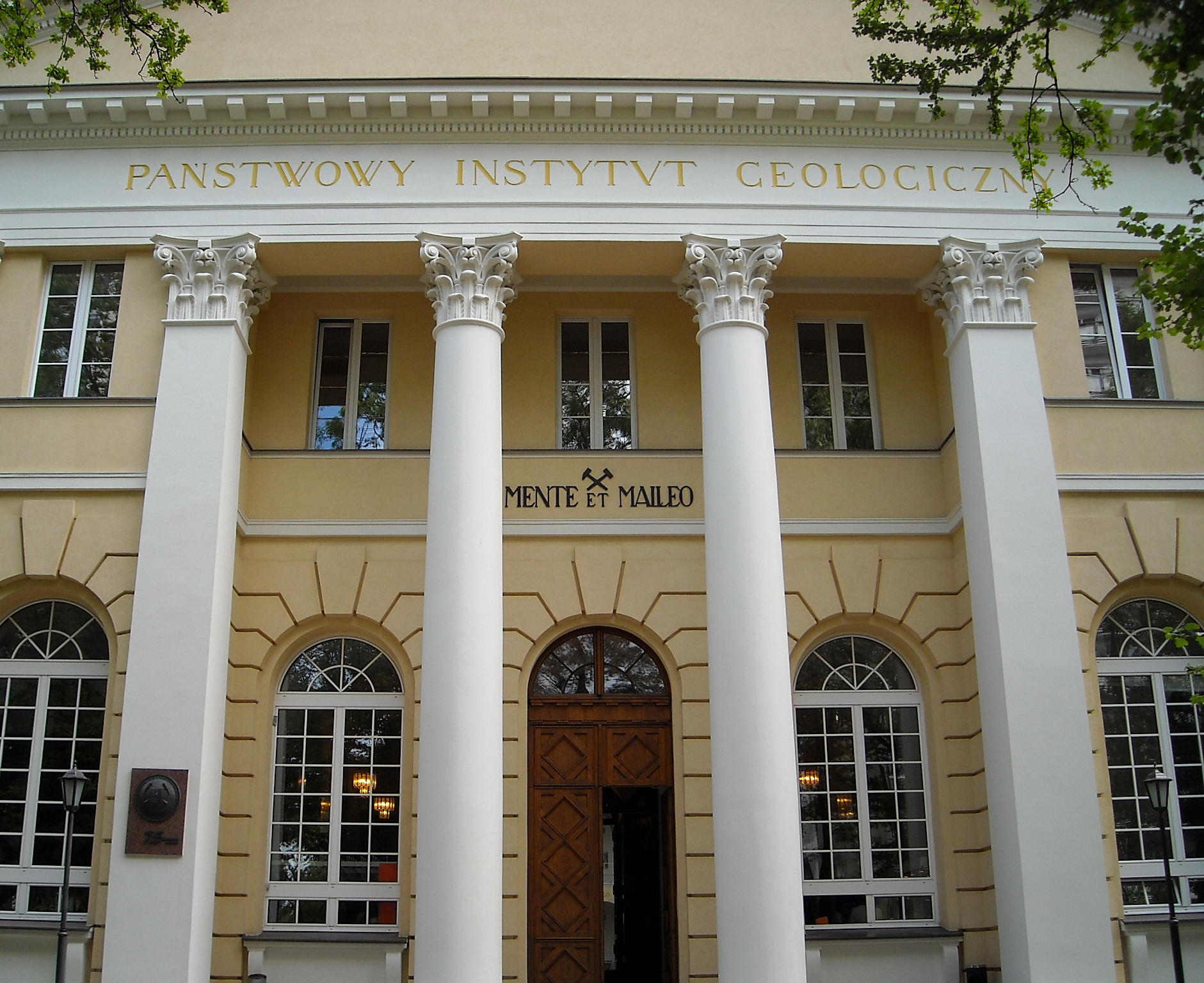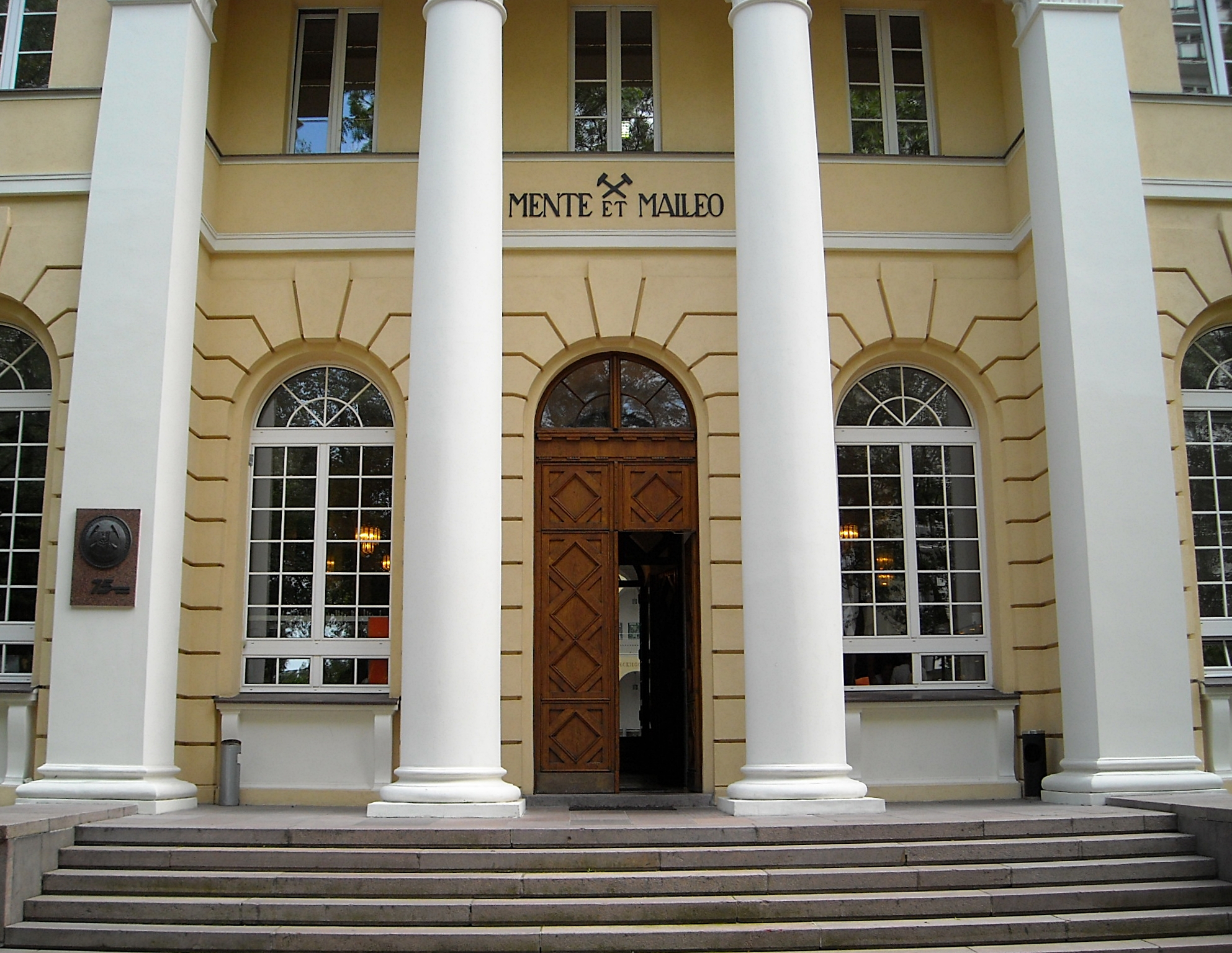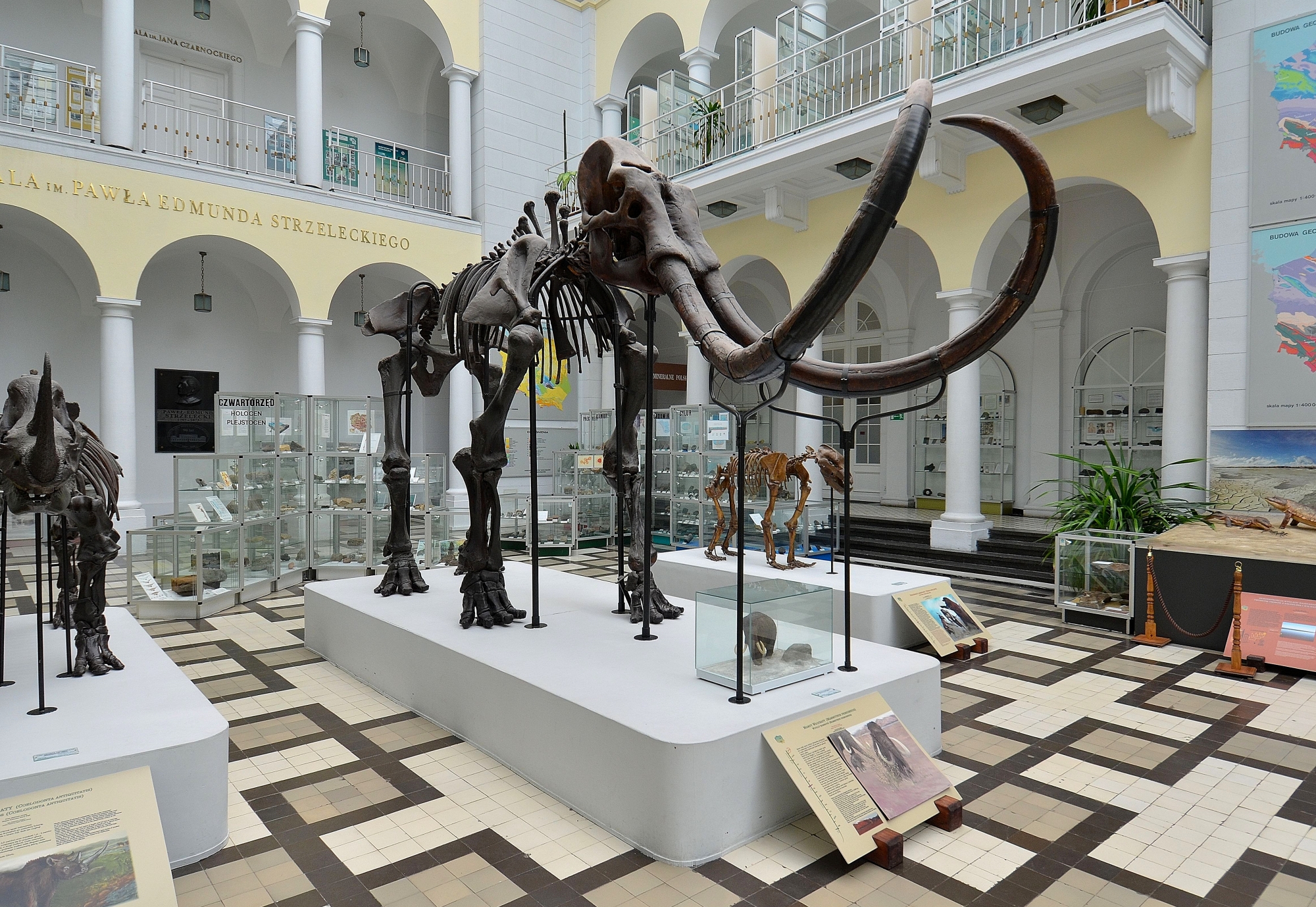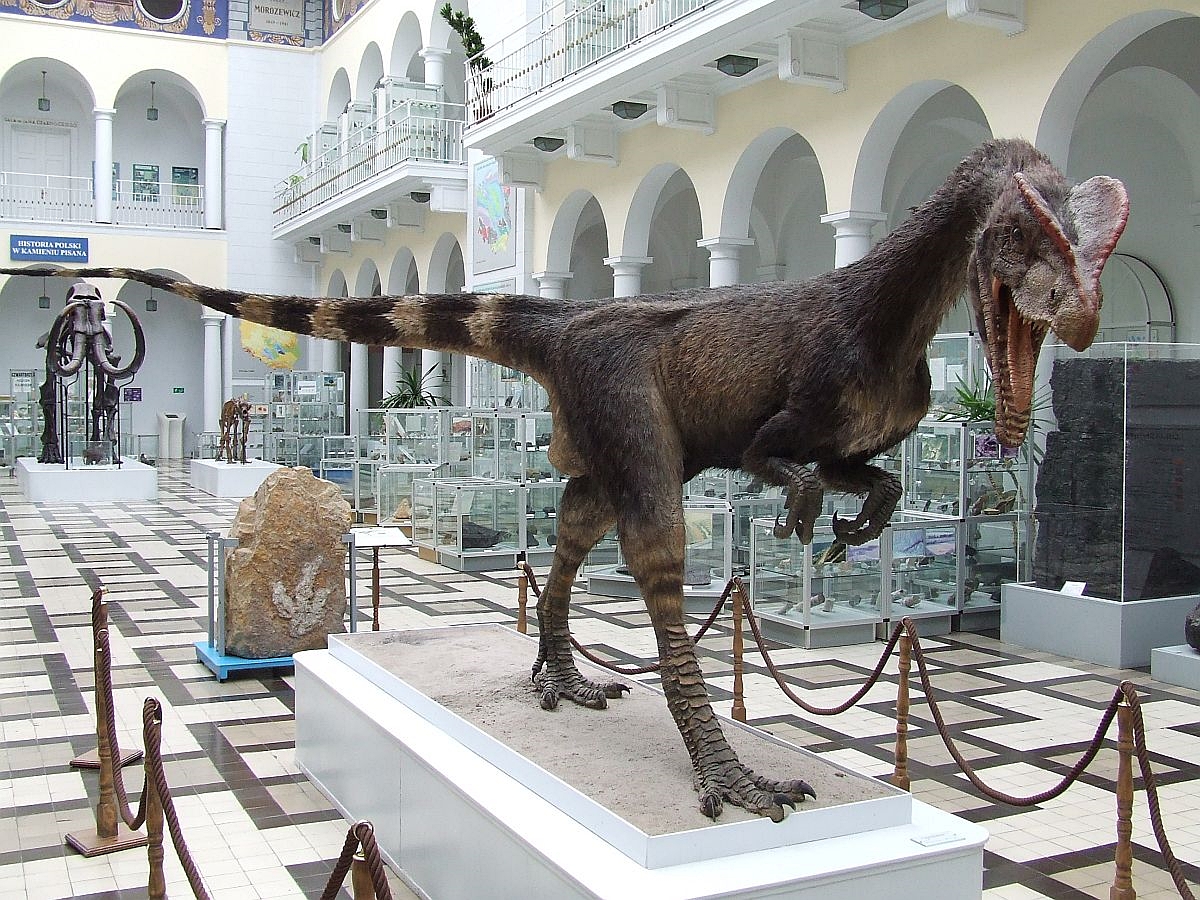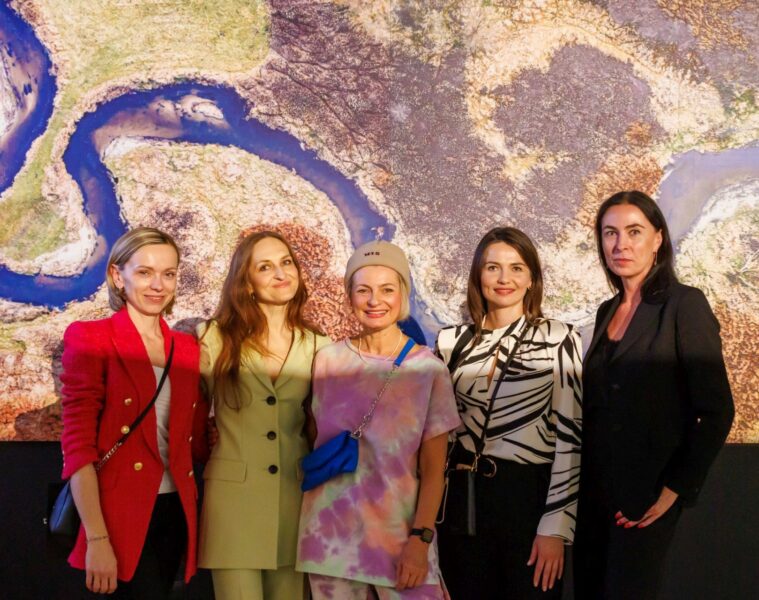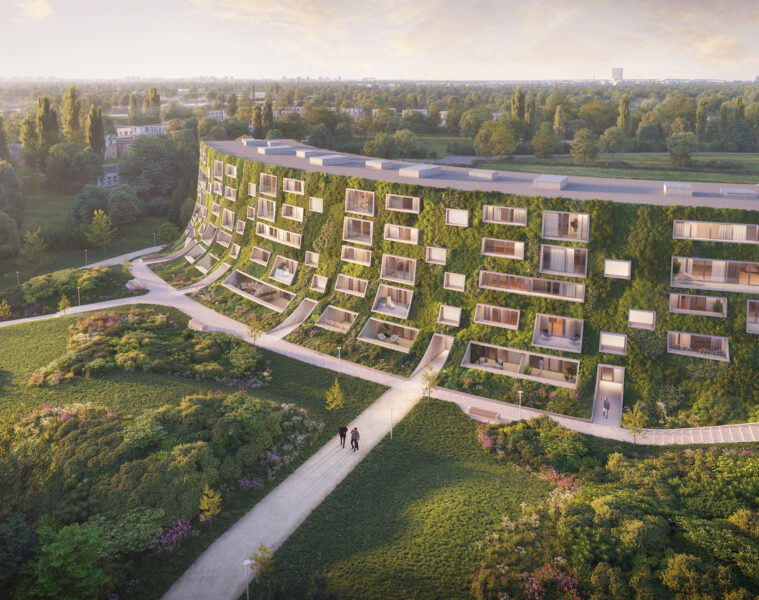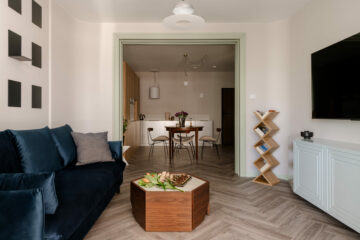The Geological Museum in Warsaw is located in the building of the State Geological Institute at 4 Rakowiecka St. It was established in a building erected in the 1920s. The museum has 8 thematic permanent exhibitions, and in the main exhibition hall you can see assembled skeletons of creatures that became extinct thousands of years ago. In total, there are around 4,500 exhibits on display.
The first chief curator of the museum was Jan Czarnocki, who set about creating the museum collection with great commitment. The core of the collection consisted of collections donated by him and other prominent geologists gathered during their many years of research and exhibits donated from the Museum of Industry and Agriculture and the Warsaw University of Technology. At the beginning of its activities the Institute was housed on the third floor of the Staszic Palace in Warsaw, where there was only enough space to organise a few basic studios, so the collections were gathered in boxes in warehouses with the hope of their later display. The collection numbered 180,000 specimens at the time.
Staszic Palace before 1939. – the first headquarters of the institute. Photo: Henryk Poddębski, Public domain, via Wikimedia Commons
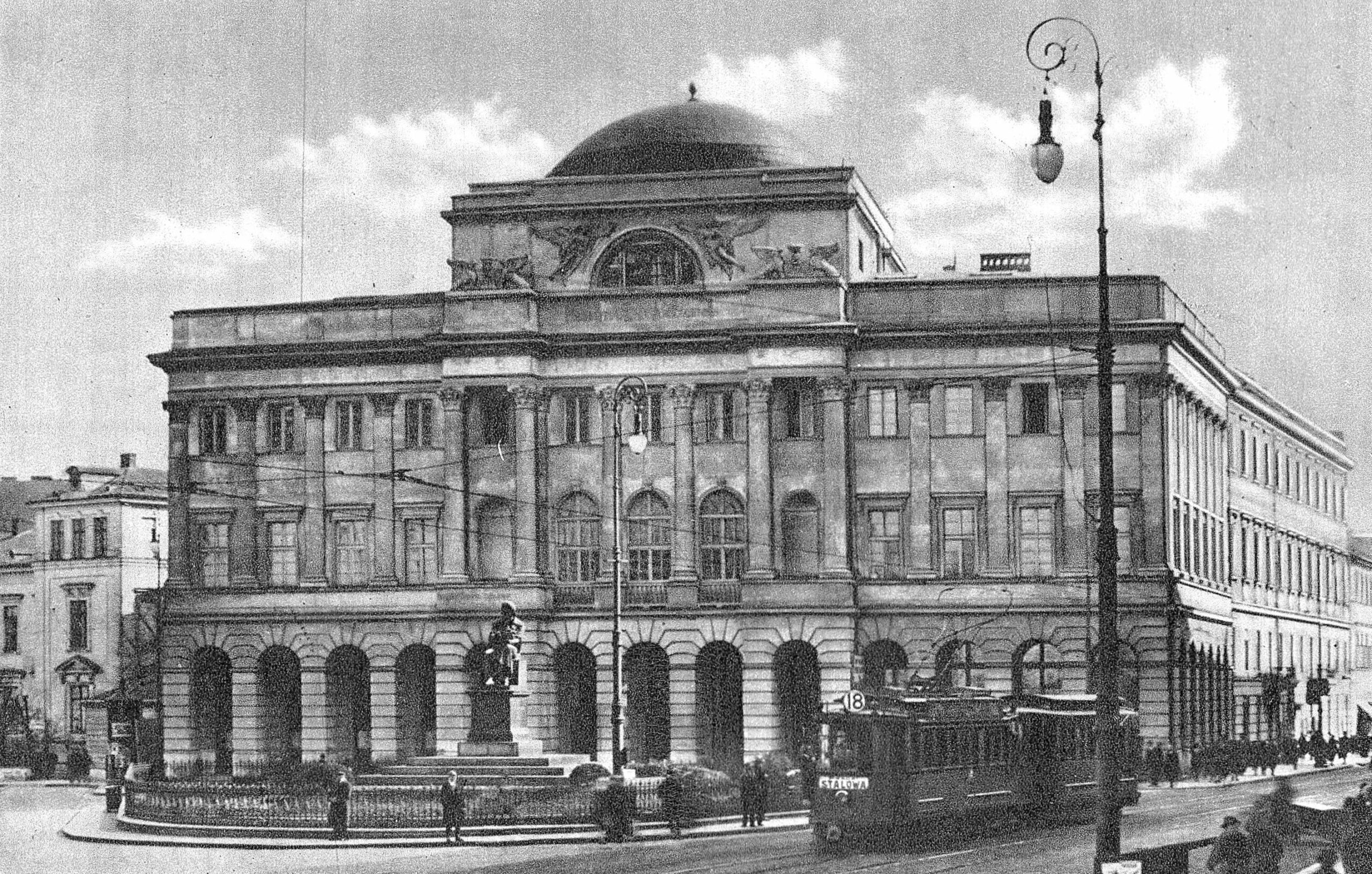
Construction of the target headquarters of the Polish Geological Institute began in 1925. Following a competition, the construction was entrusted to Marian Lalewicz, a well-known architect. Construction of the southern pavilion was completed a year later. The main building housing the museum was partially opened in 1930. It was then that the final move from the Staszic Palace took place. The new building was given classicist features, with visible influences from the national style. The author of the project referred, among other things, to the work of Antonio Corazzi. There are also noticeable analogies between the interior decoration of the museum hall (now named after E. Strzelecki) and the Renaissance cloisters of the Wawel courtyard. The entire ground floor of the main pavilion, comprising three halls with a total area of 1,500 square metres and 20 cellars in the basement (600 square metres), was allocated to the Geological Museum. This layout was modelled on the architectural assumptions of the Mining Institute in St Petersburg and the British Geological Museum in London, where the main halls housed the exhibition and rooms for intimate exhibitions and studios were arranged around them.

In 1934, they set about organising an exhibition department, but the lack of suitable display cases and furniture made this venture very difficult. Thanks to the efforts of the new director of the State Geological Institute, Prof. Karol Bohdanowicz, the museum laboratories: preparation room, grinding room and storerooms were opened in March 1938. As a result of increased work and funding, the first exhibitions were created in 1939. These exhibitions gave a full picture of geological structure of Poland and its riches identified by the studies of that time, enriched with maps, geological cross-sections and models. Among the most interesting was a model of the Polish Coal Basin. In 1939, almost 200 collections were registered in the Book of Acquisitions, which translated into several hundred thousand specimens. These were the largest geological collections in Poland.
The main museum hall in 1935 and today. Source: Museum of Warsaw, Author: Henryk Poddębski and Robert Niedźwiedzki, CC BY-SA 4.0, via Wikimedia Commons
The Second World War interrupted further work. During the bombardment of Warsaw in September 1939, the museum suffered enormous damage. The glass roof was ripped through, the furnishings broken and the specimens destroyed, scattered and mixed with rubble. In 1944, during the Warsaw Uprising, a large part of the museum with the most valuable collections was burnt down. Thirty per cent of the specimens survived: some were retrieved from under the rubble and, despite extensive damage, are still valuable materials today. In 1945, work began to clean up and secure the collections and to rebuild the institute. The post-war development of geological work contributed to a rapid increase in the size of the collection: special field trips were organised to collect exhibits, and at the appeal of the management of the Institute, exceptional specimens were donated by the managements of mines and geological enterprises.

When handing over the rebuilt buildings at the end of 1946, the Ministry of Industry and Trade asked Prof. Karol Bohdanowicz to allow an exhibition of the Industry of the Recovered Territories to be held in them. This exhibition, opened with the participation of the highest state authorities, was a major event in the life of Warsaw at the time. From 11 May to 30 June 1947, it was visited by tens of thousands of people, who were amazed by the state of the building and the aesthetic tidiness of its surroundings. This was, among the ruins of Warsaw at the time, an exception and underlined the great importance of geology in the economic life of the country. In the 1950s, the museum’s ornaments included the fossilised trunk of a Carboniferous nagonas tree and skeletons of large Pleistocene mammoths. The skeleton of the great mammoth was deposited in 1957 and became the symbol of the museum. Next to the mammoth stood two more skeletons – a cave bear and a woolly rhinoceros.
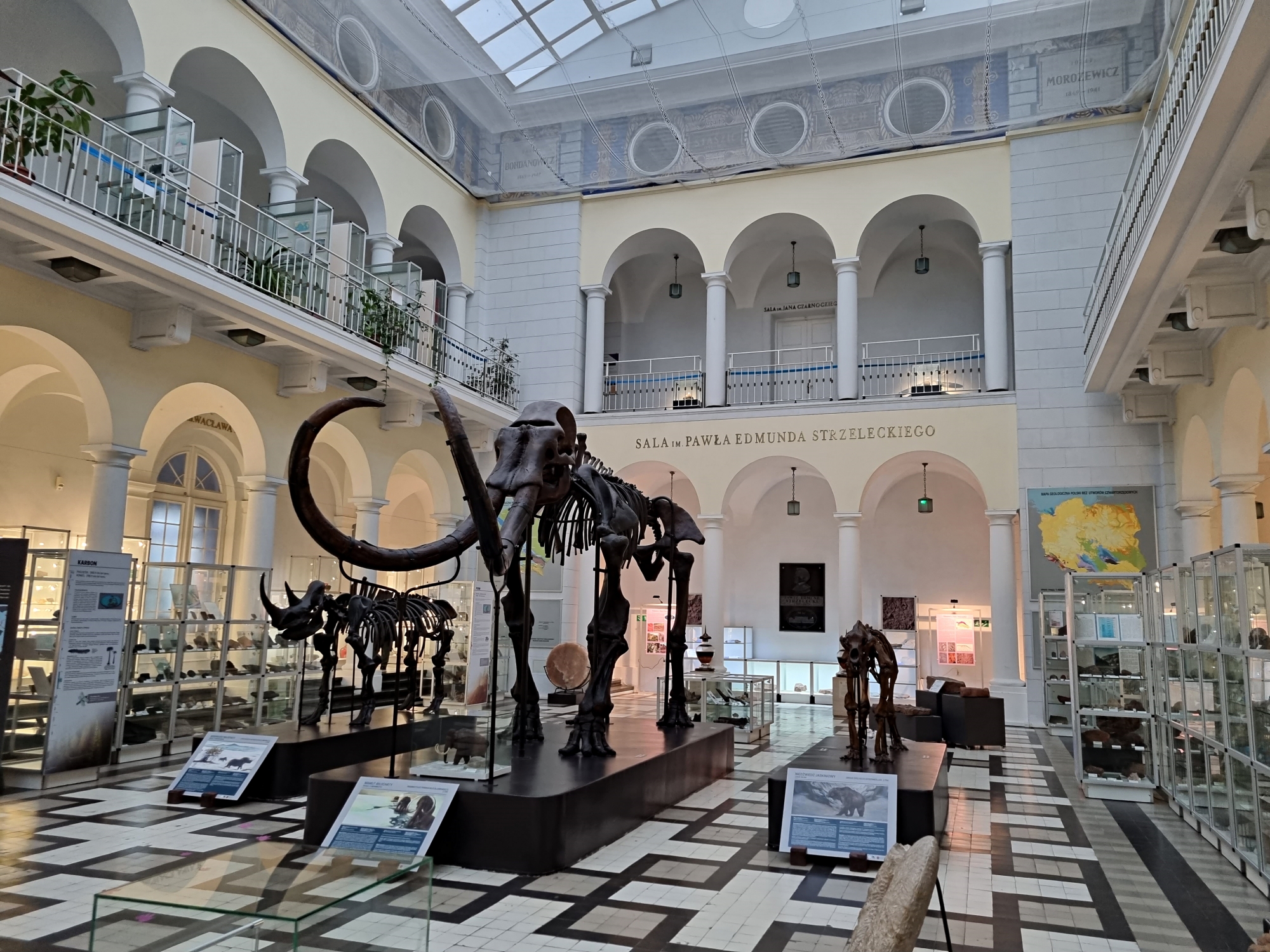
Intense research over the following decades fuelled the institute’s growth, and the museum expanded its collections and opened more exhibition halls. The 1990s brought a fundamental change in the approach to the role to be played by the PGI Geological Museum. It was transformed from an institution of scientific character into an institution whose main objective became geological and ecological education of the society. Extensive modernisation works on individual exhibitions brought the intended result. The museum space became much more accessible and attractive to visitors, and a life-size reconstruction of the dinosaur Dilophosaur wethelliri became a new and very popular exhibit. The official and grand opening of the new exhibition took place in November 1999. It continues to serve the people of Warsaw to this day.
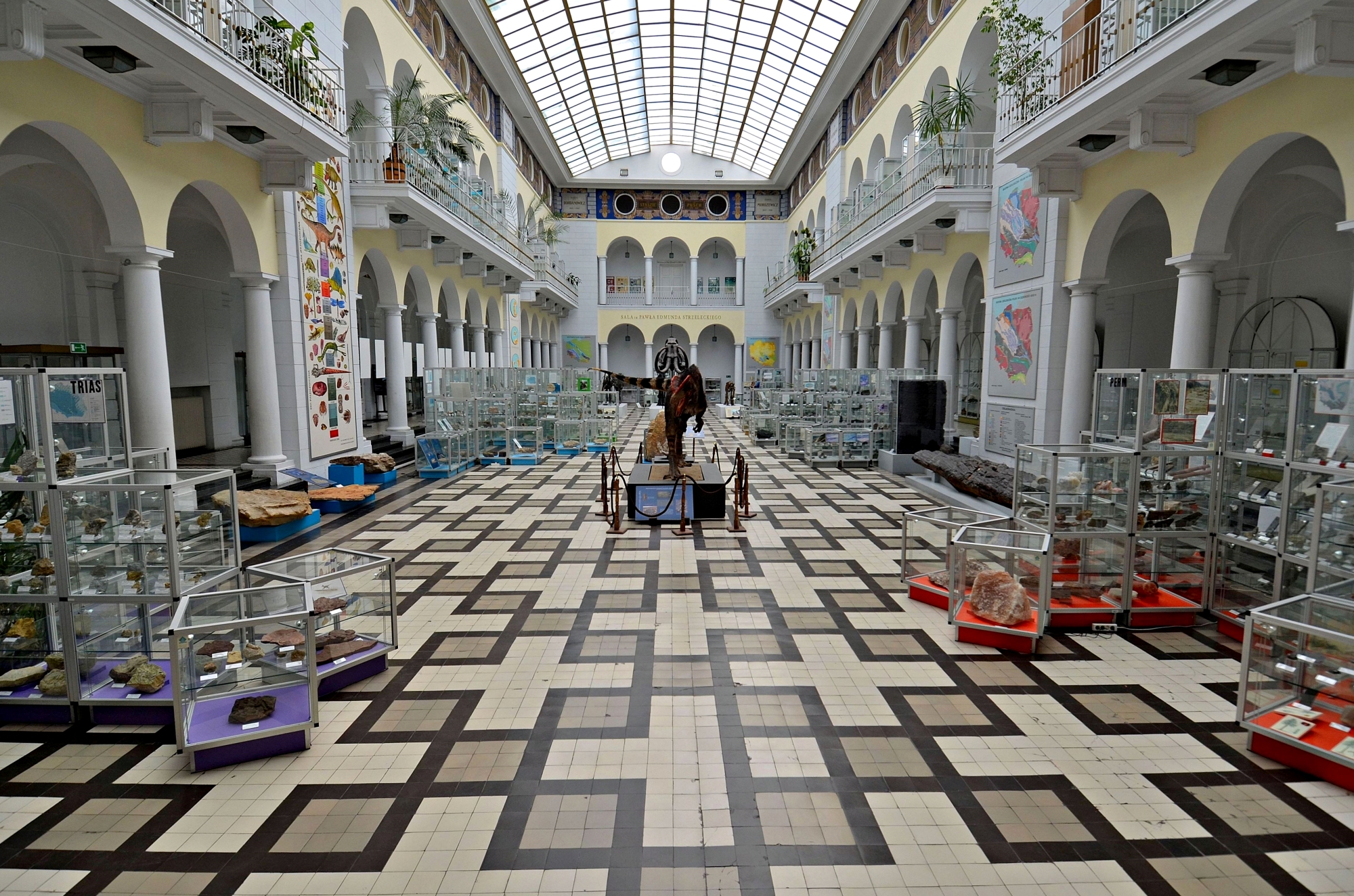
In 2000, renovation of the underground began, providing the museum with approximately 800 sq m of air-conditioned storage space with modern sliding cabinets. The collection, which had been accumulated for decades and consisted of more than half a million specimens, was placed in the new Collections Warehouse in 2001. On the 90th anniversary of the Polish Geological Institute, a commemorative plaque dedicated to Paweł Edmund Strzelecki was unveiled and the main exhibition hall was named after him. It is one of the most beautiful in Warsaw.
“We try to develop geological passions through direct contact with the public by offering interesting guided tours of the exhibition, during museum lessons and workshops, picnics, competitions, games and field trips and popular science events,” – write the museum authorities on their website.
Source: pgi.gov.pl
Read also: Architecture in Poland | Warsaw | Museum | Monument | History





